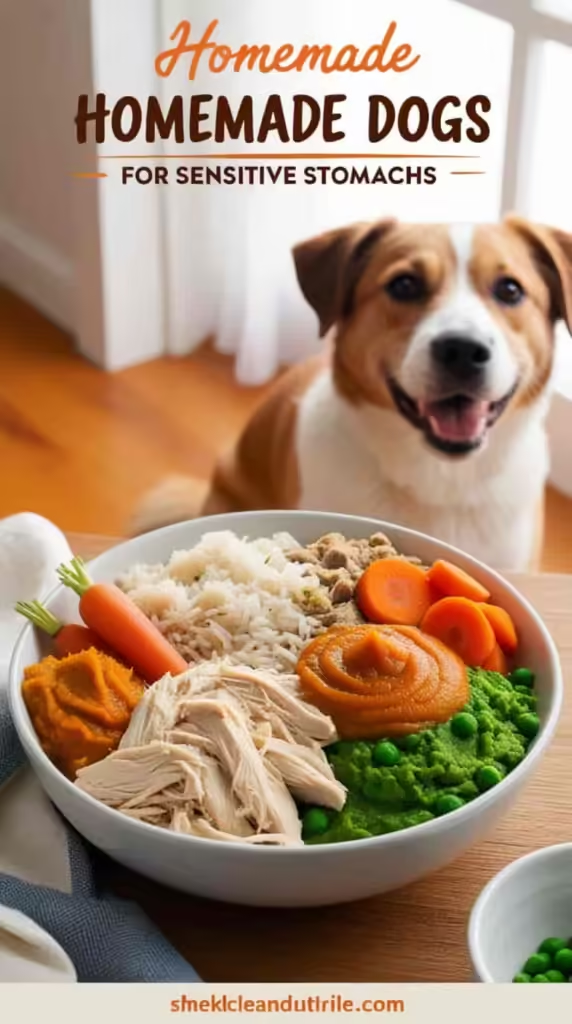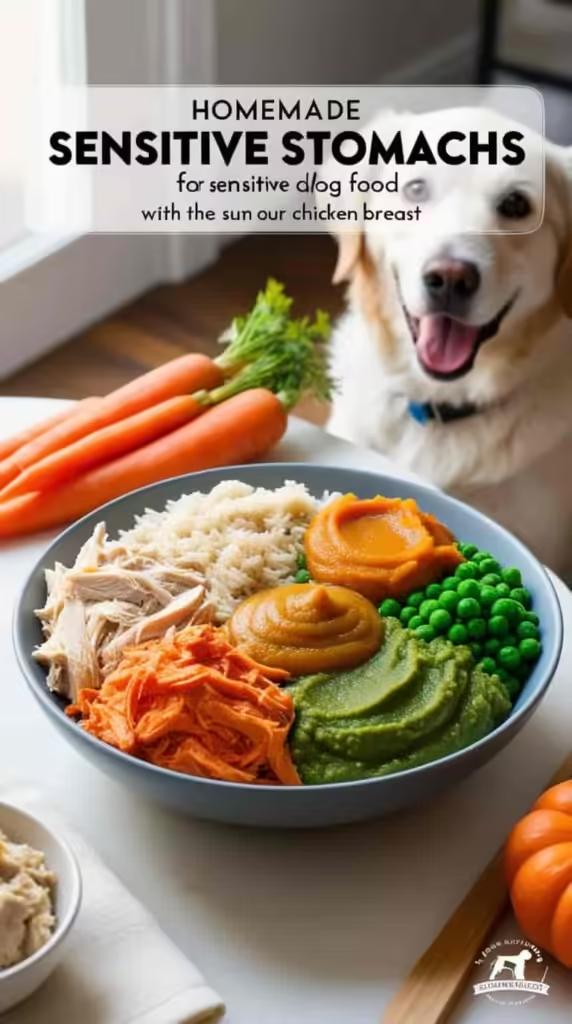Dogs often suffer from digestive issues, and a sensitive stomach is one of the most common problems. Causes can range from food allergies to underlying health conditions, such as Inflammatory Bowel Disease (IBD). Some dogs struggle to digest certain proteins, grains, or artificial additives. Symptoms include vomiting, diarrhea, gas, and bloating. If your dog frequently experiences these symptoms, it may be time to consider a specialized diet. A visit to the veterinarian is essential to rule out serious conditions and determine the best dietary approach.

Limited Ingredient Diets (LID) are popular for dogs with sensitive stomachs. These diets focus on fewer ingredients, reducing potential triggers. Typically, LID foods contain one protein source and one carbohydrate, which minimizes the risk of adverse reactions. They also often exclude common allergens like dairy, wheat, and soy. When choosing an LID, make sure the ingredients provide balanced nutrition, free from unnecessary fillers.
Proteins are vital in a dog’s diet, but not all proteins are easily digestible. For dogs with sensitive stomachs, choosing easily digestible proteins is crucial. Chicken, lamb, and fish are commonly recommended, as they are easier to digest compared to beef or pork. Hydrolyzed protein options, where proteins are broken down into smaller components, can also be beneficial for dogs with digestion issues.
Grain-free diets have gained popularity, particularly for dogs with sensitive stomachs. Some dogs may have trouble digesting grains like corn, wheat, and soy, leading to digestive discomfort. Grain-free options replace these with alternative carbohydrates like sweet potatoes and peas. However, some whole grains, like brown rice and oatdish, can be highly digestible and suitable for sensitive dogs. Deciding on a grain-free diet should depend on whether grains cause the digestive issues.

Dog food for a sensitive stomach? infoodblog.com
Maintaining a balanced gut microbiome is crucial for dogs with sensitive stomachs. Probiotics and prebiotics support a healthy gut by promoting beneficial bacteria. Probiotics are live bacteria that aid digestion, while prebiotics feed these good bacteria. Both can improve digestive health and reduce symptoms of a sensitive stomach. Look for dog foods containing these ingredients to promote gut health.
Selecting the right food for your dog’s sensitive stomach can be challenging. Prioritize high-quality ingredients and avoid artificial additives. Gradual transitions to new foods can prevent digestive upset. Monitoring your dog’s response to diet changes is also key. Consulting with a veterinarian can provide personalized recommendations based on your dog’s specific needs and help rule out underlying conditions.

Dog food for a sensitive stomach? infoodblog.com
Working closely with your veterinarian and choosing the right food can significantly improve your dog’s digestive health. With the right diet, your dog can enjoy better digestion and overall well-being, allowing for a happier, healthier life.
Here’s a simple, homemade for dogs with sensitive stomachs:
Gentle Chicken and Rice Dog Food

Ingredients
- 1 cup of chicken breast boneless and skinless
- 1/2 cup of white rice
- 1/4 cup of carrots diced
- 1/4 cup of peas cooked and mashed
- 1/4 cup of pumpkin puree plain, not spiced
Instructions
- Cook the Chicken: Boil the chicken breast in a pot of water until fully cooked, about 20 minutes. Ensure no seasoning or oil is used.
- Prepare the Rice: While the chicken is cooking, rinse the rice under cold water. In a separate pot, cook the rice according to the package instructions.
- Cook Vegetables: Steam or boil the carrots until tender. If using fresh peas, cook them until soft. Mash the peas and finely dice the carrots.
- Combine Ingredients: Once the chicken is cooked, shred it into small, bite-sized pieces. Mix the shredded chicken, cooked rice, diced carrots, mashed peas, and pumpkin puree together in a bowl.
- Cool and Serve: Allow the mixture to cool completely before serving it to your dog. Store leftovers in an airtight container in the refrigerator for up to 5 days.
Notes
- Avoid Spices: Do not add any spices, salt, or seasonings.
- Monitor: Introduce this new food gradually to ensure your dog’s digestive system adjusts well.
